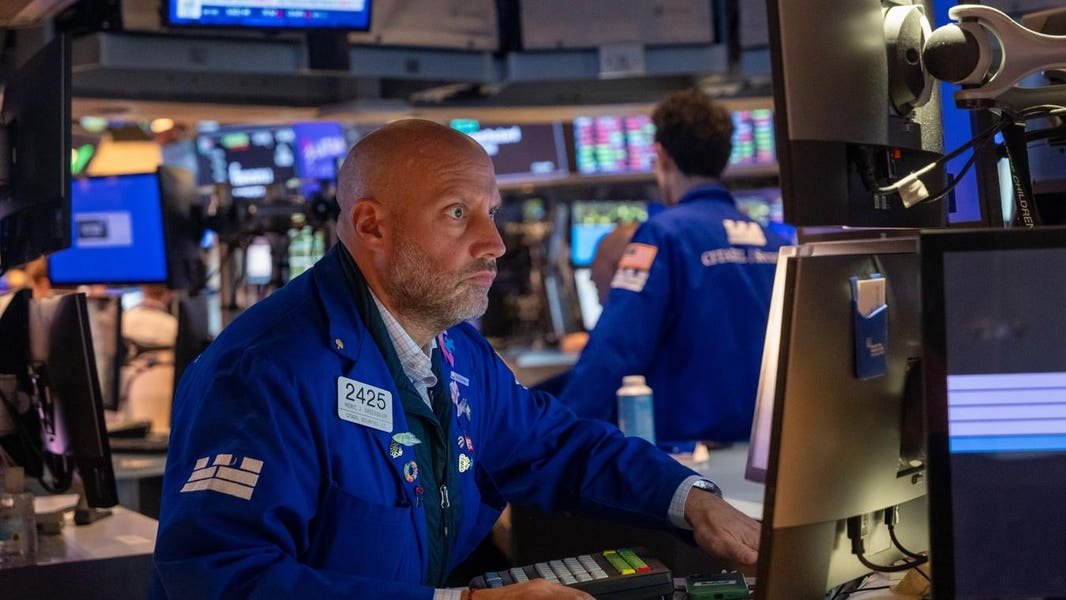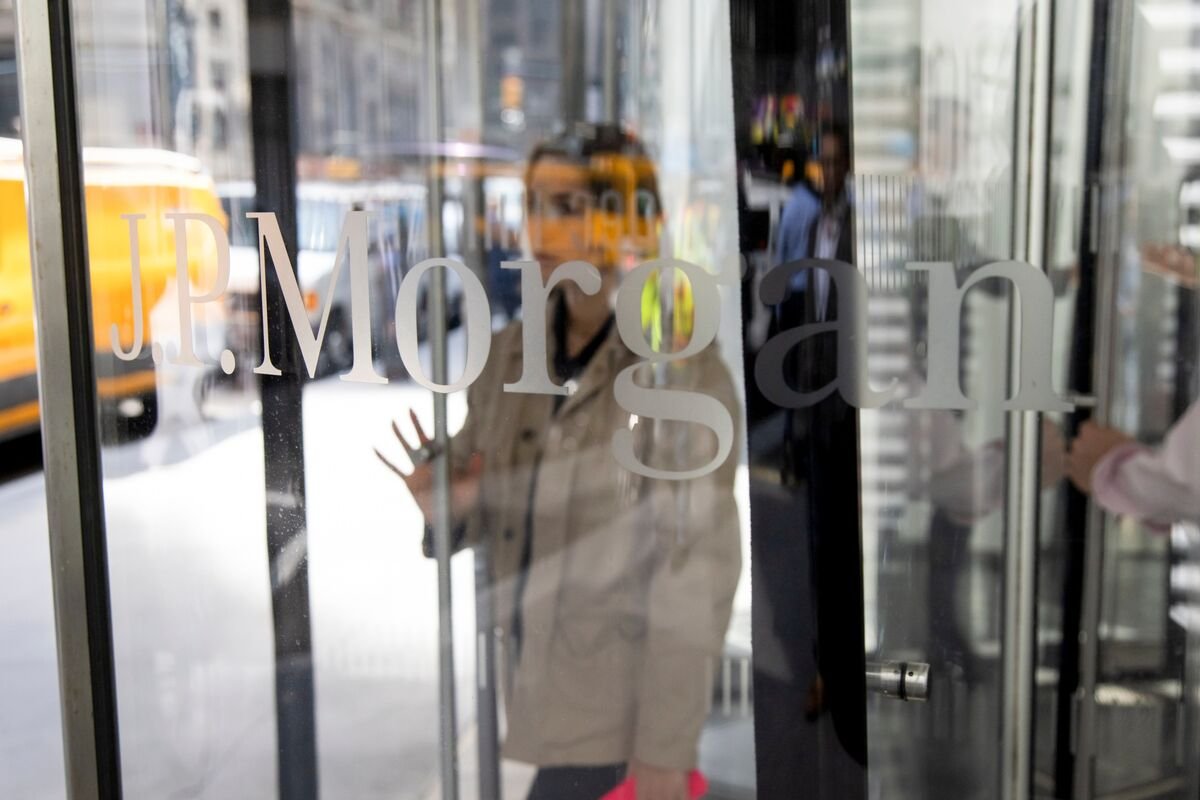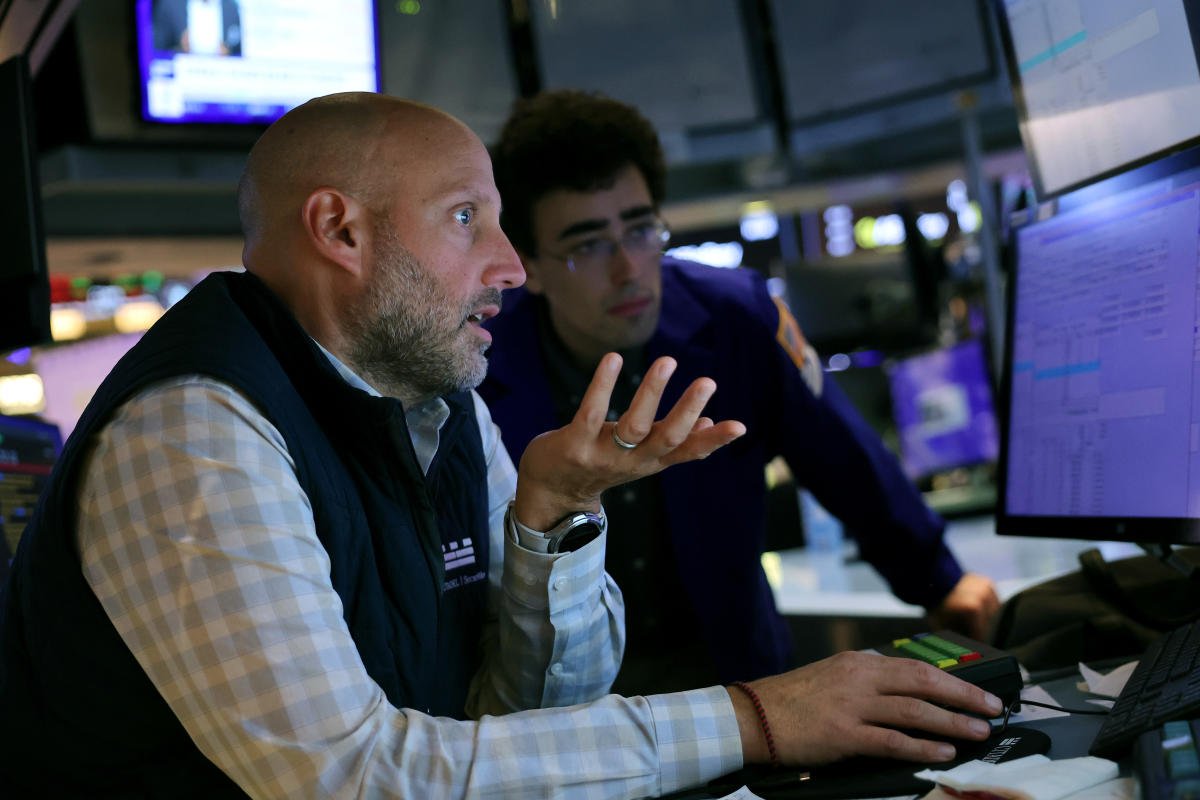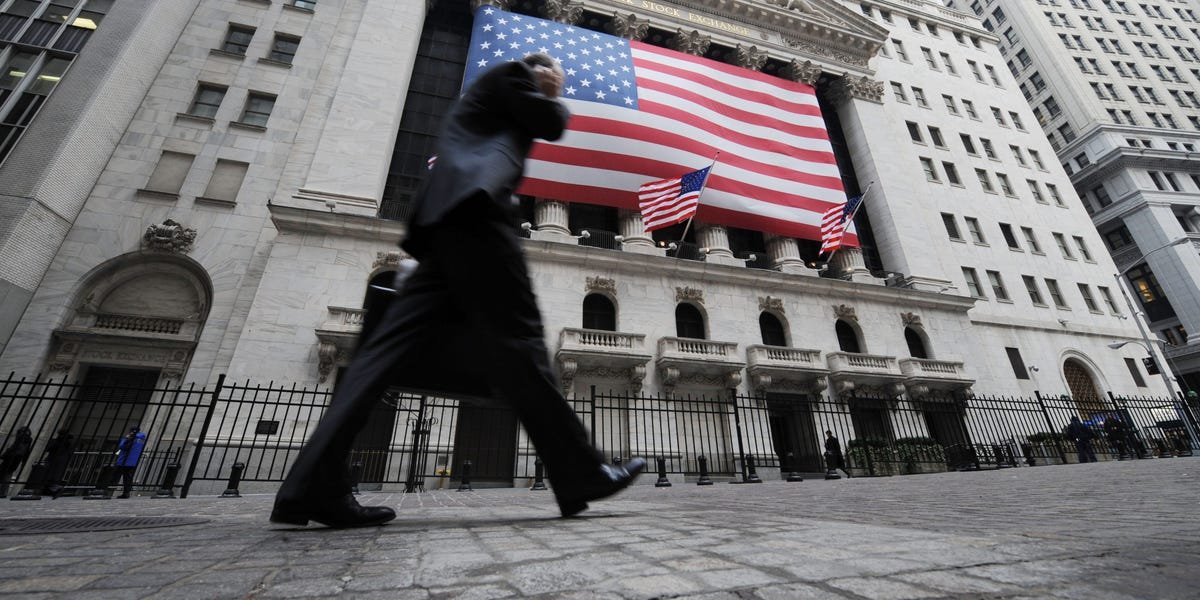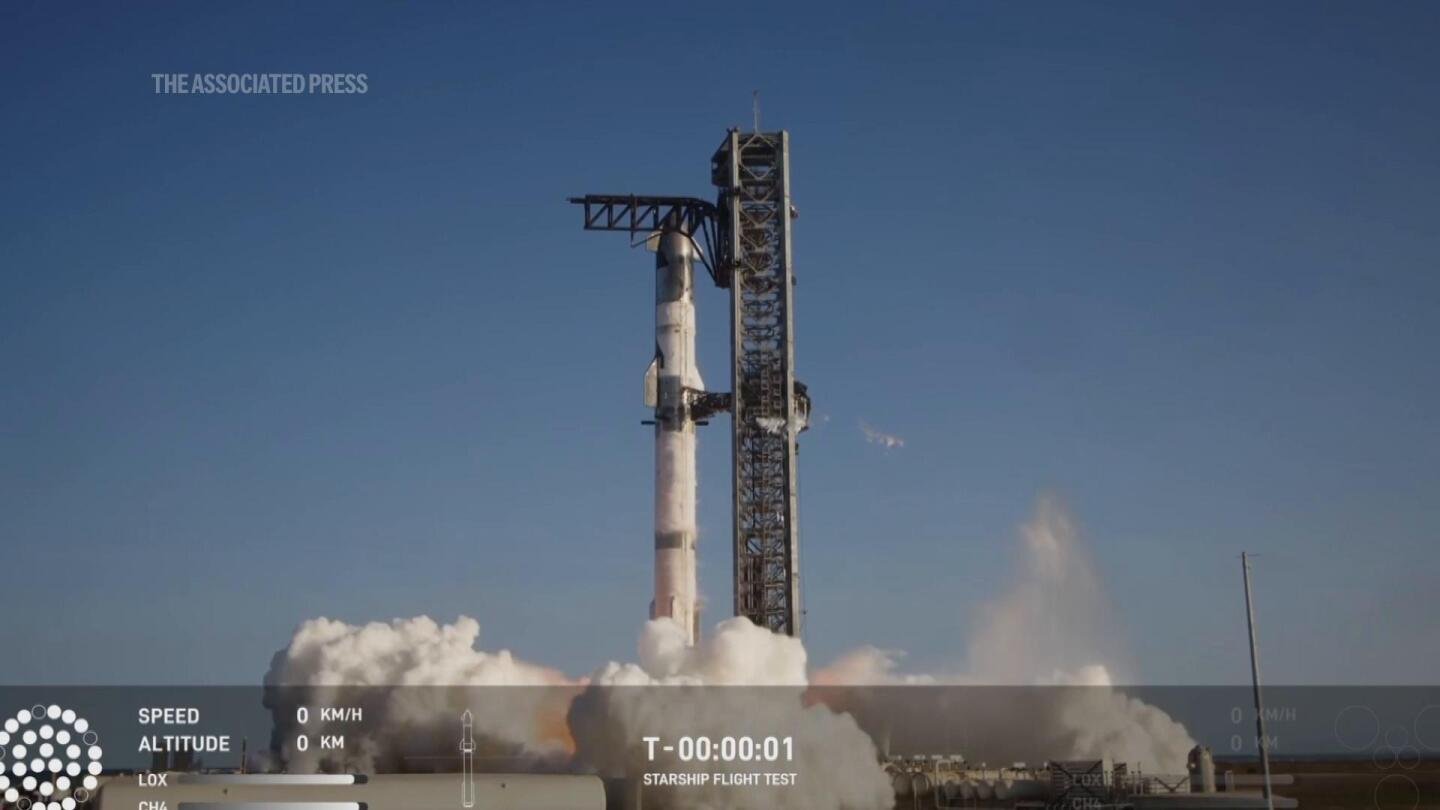Topline
The Trump-inspired stock market rally dried up further as investors heeded concerns about more hawkish monetary policy, causing a major selloff in big technology stocks as indexes head to a losing week, though equities remain positive since last week’s election.
The Trump-induced stock market rally faded further Friday.
Key Facts
Stocks fell across the board by mid-Friday afternoon: The blue chip Dow Jones Industrial Average slipped 0.7%, or 305 points, the S&P 500 declined 1.3% and the tech-concentrated Nasdaq Composite dropped 2.2%, while the small-cap Russell 2000 dipped 1.5%.
All four of those indexes posted weekly declines, immediately after all benchmarks other than the Nasdaq posted their best weeks of 2024 amid bullishness tied to Donald Trump winning a second presidential term, with investors encouraged by what corporate tax cuts and looser regulations could mean for profit margins.
Indexes are still in the green since Election Day – all four of the aforementioned indexes are up at least 1% since last Tuesday – but it’s a noticeable down stretch across the board.
The Nasdaq 100, which tracks 100 of the U.S.’ biggest tech companies, suffered its first five-day losing streak since the first week of January, and information technology was the S&P’s worst performing sector Friday, declining 2.5%, with more than 2% drops from shares of Amazon, Meta and Nvidia leading the charge.
Big Number
$458 billion. That’s how much market capitalization the U.S.’ six most valuable companies—Nvidia, Apple, Microsoft, Amazon, Alphabet and Meta—lost on Friday, according to YCharts data. Both Amazon and Nvidia lost more than $90 billion in market value apiece. The tech selloff came as investors shifted away from the sector viewed as sensitive to higher interest rates, as Federal Reserve officials hinted they may not slash rates further next month, as previously expected.
Tangent
Also slumping Friday were healthcare stocks. The S&P’s healthcare sector dipped 1.9% as Pfizer stock sank 4%. It’s a continuation of the late Thursday afternoon slump after Trump tapped vaccine skeptic Robert F. Kennedy Jr. as the secretary of the Department of Health and Human Services.
Crucial Quote
“Trump’s recent unorthodox cabinet picks,” combined with the dollar’s rise to a 12-month high and the benchmark 10-year U.S. Treasury yield’s climb from 4.29% to 4.41% following the election, “is causing investors to re-assess the potential impacts of the incoming Republican government,” wrote Sevens Report founder Tom Essaye in a Friday note to clients.
Why Stocks Are Down
The post-election Wall Street reaction is still strongly positive, but Bank of America economists and strategists signaled there’s reason to pump the brakes on the euphoric reaction ahead of Trump, along with a Republican-controlled House and Senate, taking power in January. Investor sentiment and positioning “have grown dangerously bullish,” warns Bank of America’s top equity strategist Savita Subramanian, pointing to technical signals like mutual funds’ percentage of assets held in cash falling to at least a 10-year low and a record high percentage of consumers expecting higher stock prices over the next 12 months. Bank of America economists led by Aditya Bhave told clients Friday risks to their growth forecasts are “unusually large” due to the potential for “sweeping policy changes” under a GOP-controlled oval office and Congress.
Contra
The cautious Bank of America still has a 6,000 price target for the S&P by year’s end, projecting a 2% rise from Friday’s 5,860 but forecasting an end-of-year price below the record 6,017 set Monday. Wall Street still widely views the stock market implications of the Trump administration as a positive catalyst, and Goldman Sachs strategists said last week the lower corporate tax rates floated by Trump would boost its earnings estimates for S&P companies by 4% annually.
Further Reading
ForbesTesla Stock Dips Into Correction—Though Post-Election Rally Still At Nearly 25%By Derek Saul
ForbesHere’s Why Trump’s Win Sent Dollar And Bond Yields To Multi-Month HighsBy Derek Saul

